An EPFL team has built a prototype for an image sensor based on the semi-conducting properties of molybdenite.
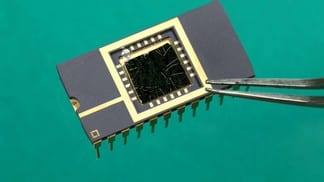

An EPFL team has built a prototype for an image sensor based on the semi-conducting properties of molybdenite.
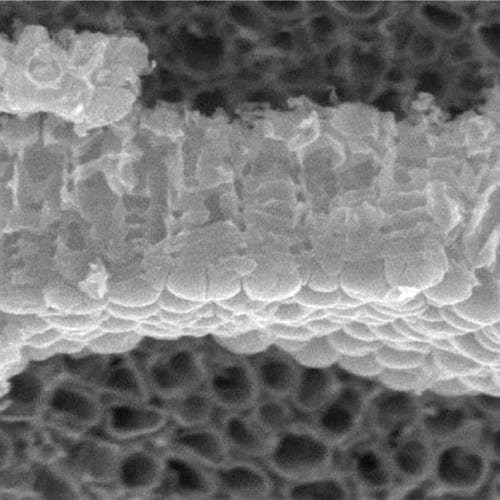
Scientists developed a convenient, anodization based method to produce a gradient TiO2 nanotube biomaterial.
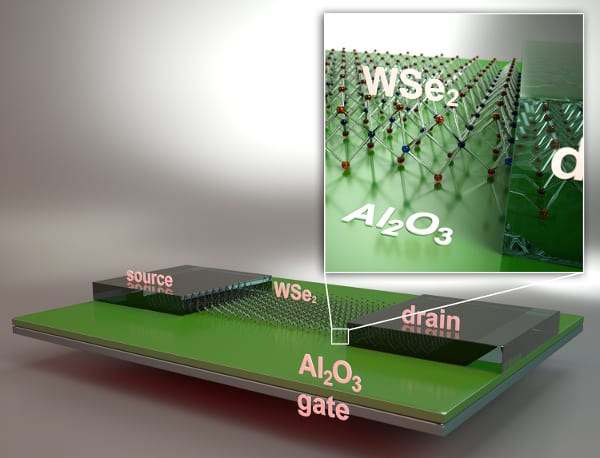
UC Santa Barbara researchers demonstrate first n-type field effect transistors on monolayer tungsten diselenide with record performance.
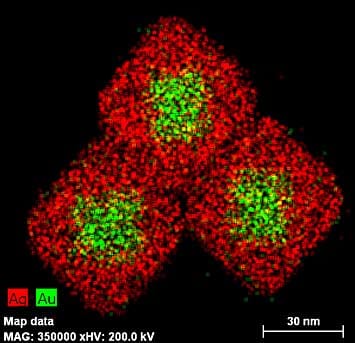
A team of scientists has developed a new, simpler way to discern molecular handedness, known as chirality, using gold-and-silver cubic nanoparticles.
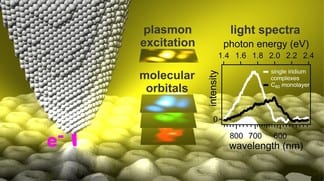
Scientists have discovered how optical signal transmission can be controlled, which could lead to integration of plasmonics with electronic circuits.

Mark G. Allen has been named the inaugural scientific director of the University of Pennsylvania’s Krishna P. Singh Center for Nanotechnology.

Researchers confine plasmons in a resonant cavity only 20 nanometers wide to precisely measure mechanical motion smaller than the size of an atom.
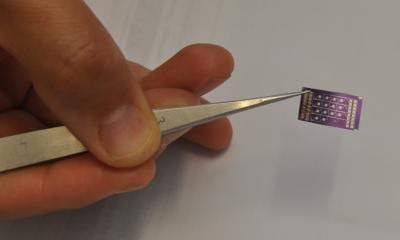
An “electronic nose” sensor being commercialized by Innovation Economy Crowd (ieCrowd), will be further refined to detect deadly pathogens.
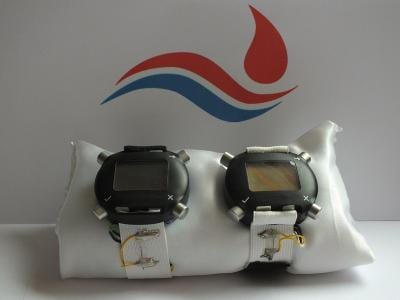
Innovative device produced by STBL Medical Research using piezoelectric fibers from Empa.
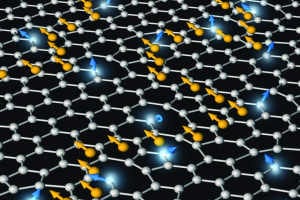
Graphene can be made magnetic and its magnetism switched on and off very simply, opening a new avenue towards electronics with very low energy consumption.